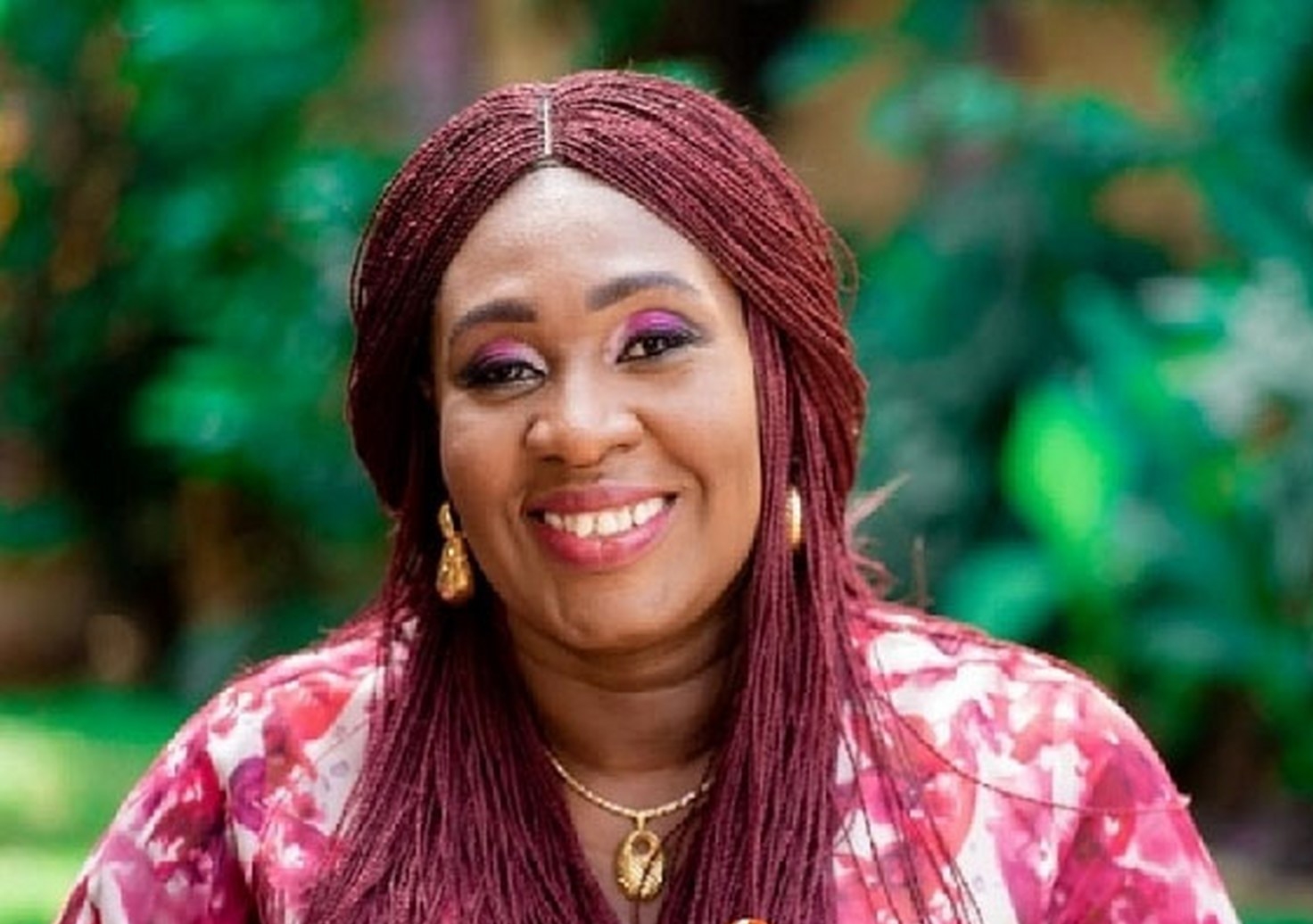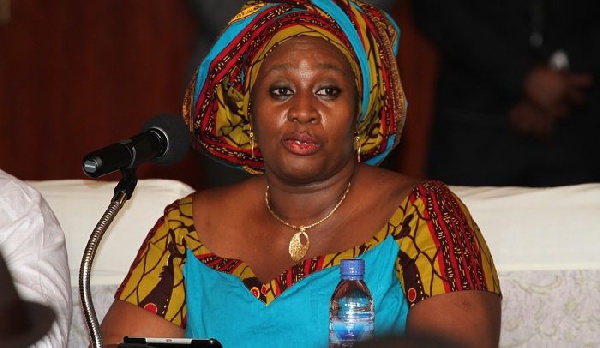


The International Finance Corporation (IFC), the investment arm of the World Bank Group, has announced plans to implement effective mechanisms that aim to fight sexual harassment and other related gender-based violence at workplaces across the globe.
Speaking at the 2018 World Bank/IMF Spring Meetings in Washington DC, USA, the Chief Executive Officer of IFC, Philippe Le Houérou said: “my outfit intends to provide resources to companies that put in place innovative measures to address sexual harassment and other gender based violence at workplaces.”
Sexual harassment — ranging from derogatory comments to threats of sexual assault and rape — is still incredibly widespread for many women working in Ghana and many other nations across the globe.
Over 35 per cent of women worldwide have experienced physical or sexual partner violence, or non-partner sexual violence, according to the World Health Organization.
For too long, women have suffered from this type of violence that has negative consequences on their voice and agency, as well as their capacity to fully participate in the economy and society. There is ample evidence of the cost of sexual harassment to businesses – in legal settlements, lost work time and loss of business. But sexual harassment also has negative effects on women’s economic opportunities.
For example, if no recourse is available to protect them, instead of reporting the problem, women facing sexual harassment in the workplace often say that they have no other choice but to quit. This may mean starting over, missing out on pay raises, career growth opportunities, and earning potential.
The United Nation has estimated the global cost of Sexual harassment and other gender-based violence at workplaces at $1.5 trillion. This figure, according the Managing Director of IFC is equivalent to the size of the Canadian economy.
Mr. Houérou further disclosed: “Private companies across the globe spent $6.6 billion a year in settling sexual harassment cases at job places. It is imperative we solve this issue as the figure is alarming.”
Studies suggest that sexual harassment reduces career success and satisfaction for women. Yet, many countries still do not afford women adequate legal protection against this pervasive for of gender inequalities.
Traditionally, sexual harassment has been linked to employment and defined as occurring only in the context of unequal power relations. But over time, countries have progressively begun to address sexual harassment in a more comprehensive manner and in various areas of the law, such as anti-discrimination law and criminal law.
“Laws on sexual harassment should define and criminalize sexual harassment as unwanted sexually determined behavior in both horizontal and vertical relationships, including in employment, education, public places, and other types of hierarchical relationships,” the World Bank has stated in a report.
Every two years, the World Bank publishes data on these and other laws protecting women from violence as part of its Women, Business and the Law series of reports. The 2018 report and accompanying detailed country level data have just been published.
It finds that in 59 countries, women are not legally protected from workplace sexual harassment. The lack of legal protection is observed in 70 percent of economies in the Middle East and North Africa, half in East Asia and the Pacific, and one-third in Latin America and the Caribbean.
This potentially affects over 500 million women around the globe. Simple correlations suggest that where women are protected from sexual harassment at work, women are more likely to own businesses. This type of correlation does not imply causality, but points to the possibility of impacts that are worth investigating in more detailed research.
Sexual harassment may also occur in other spheres, including education, where the lack of appropriate laws, as well as inadequate enforcement when laws do exist, can have dramatic consequences for adolescent girls. The new Women, Business and the Law report finds that in 65 percent of economies, there are no laws protecting women and girls from sexual harassment in education.
In some areas, the fear for girls to be harassed or assaulted on their way to school or experiencing it in schools is mentioned by parents as one of the reasons why girls drop out of school without completing their secondary education.
The trauma from harassment, and the exclusion that may result from pregnancies outside of marriage in the case of assault can be devastating for adolescent girls, endangering their whole future and opportunities in life.
In some cases, the fear of sexual harassment and abuse in school may contribute not only to girls dropping out, but also to child marriage, and lead to all the negative consequences that marrying at an early age entail.
A recent note funded in part by the Global Partnership for Education provides an analysis of global and regional trends in legal protection for women against domestic violence and sexual harassment.
The analysis relies on data from 2013 to 2017 on binding laws and regulations applicable in a subset of 141 countries of the 189 economies examined by the Women, Business and the Law dataset. While legal protection for women and girls has improved over the last four years, the analysis on trends shows that globally, estimates on the number of women lacking legal protection against sexual harassment has not dropped dramatically.
For sexual harassment in employment the number of women not legally protected dropped from approximately 16 percent in 2013 to 13.5 percent in 2017, while the percentage of women and girls not protected against sexual harassment in education dropped even less, from 57.5% to 55%, over the last four years for the same pilot set of 141 countries, resulting in 1.5 billion women not protected (for comparability purposes, statistics are based on the population of women aged 15 and above). Estimates are higher when based on the lack of criminal penalties for perpetrators.
While laws against sexual harassment are not a cure for sexual harassment, they are an important first step. Having adequate laws is important to provide women with legal protection against sexual harassment and signal commitment to achieving the Sustainable Development Goal target of ending all forms of violence and harmful practices against women and girls by 2030.
By Felix Dela Klutse |Washington DC, USA |Business Day






